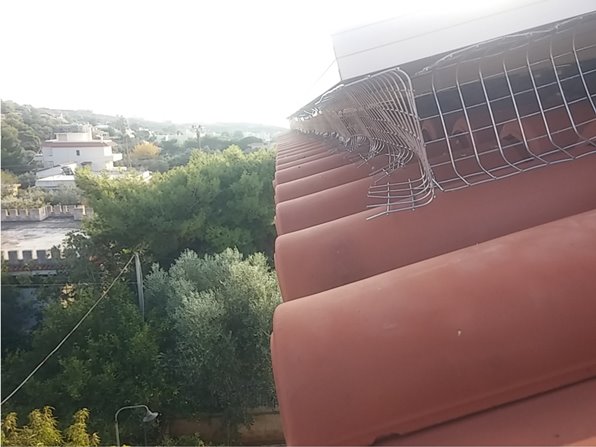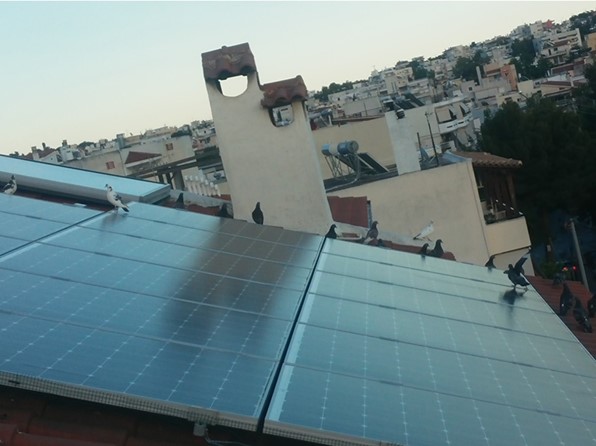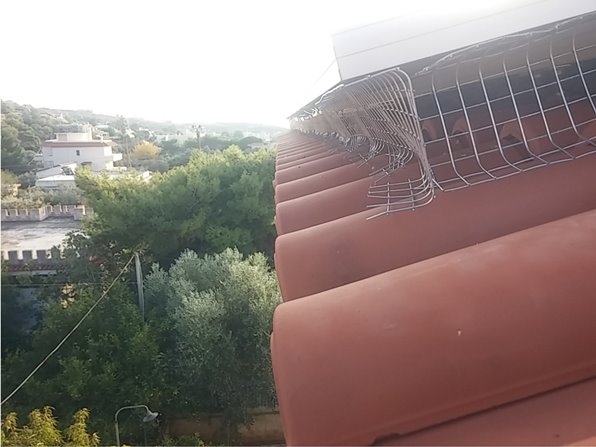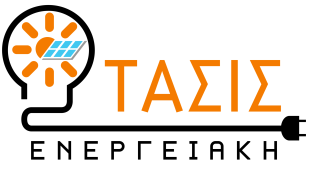
Protection of Photovoltaic Systems from birds
Tassis Energy is active in the significant issue concerning the Protection of Photovoltaic Systems from birds.
Almost 50% of the domestic Photovoltaic Systems, which are installed on the roofs of buildings, are mounted on tiled roofs.
The way they are installed results in the creation of a small gap between the PV panels and the tiled roof, in accordance with planning regulations.
Unlike the birds in Alfred Hitchcock’s movie, birds in Greece do not feel the need to “attack.” Instead, they tend to take advantage of this “artificial roof” to create nests.
The latest developments in photovoltaic systems investment programs, such as Net-metering, the Special 6kW roofing program, and upcoming programs and subsidies, were presented.
Additionally, key questions from the audience were answered.

This peculiar “accommodation” creates various issues that affect the smooth operation of the photovoltaic system, as well as potential hazards for equipment and people operating the system or even moving around the building.
Some of these issues include the following:
- Excrement on hives
- Shadowing, which leads to a reduction in efficiency
- Long-term exposure, which causes the hot-spot effect on cells
Depending on the system, electrical interface, and equipment, the performance reduction in extreme scenarios can be as high as 20%.
Furthermore, this pollution leads to hot-spots in cells due to continuous shading.
To address these issues, the owner should intensify regular cleaning.
As a result, there will be an increase in the use of water, cleaning agents, and access hazards.
These connecting words make the relationships between ideas clearer and improve the overall flow of the text.
2. Contamination on tiles
Nests and nest materials often accumulate at tile flow points, along with eggs, dead birds, and sometimes snakes or mice.
Additionally, bird droppings are a common issue.
Birds usually build nests at tile flow points and in gutters. As a result, the smooth flow of water is blocked.
Water can no longer leave the gutters easily, and in extreme scenarios, it “drowns” DC cables and connectors, which typically operate at 600-700 volts.
On top of that, access for cleaning is difficult, since this often requires the uninstallation of PV panels.
Stagnant water creates hot spots of contamination, which exacerbates any roof tile moisture issues.
Depending on the installation, there may also be electrical isolation issues (Riso faults).
In general, this situation is dangerous both for the system and for people, let alone for the birds themselves.
There are not a few incidents of cell breakage due to pieces of material or bones, which birds tend to carry to their nests.
3. Contact with cables – frames
Contact with wiring and cable displacement
Also Contact with cellular boxes – junction boxes – optimizers
Again depending on the installation and the quality of construction, birds can find fertile ground to “tease” and move the wiring (DC).
This can cause anything from simple displacement of wiring at inappropriate bearing points .such as gutters to premature wear from pinching with the potential risk of short circuits and sparks if not fire.
In addition, birds rest on the frames with possible scratching, often come into contact with junction boxes and/or optimisers (solaredge, tigo, etc.)
There are not a few cases of displacing routing spirals resulting in water accumulation within them.
Owners have resorted to various coping solutions such as beeping devices, poisons, plastic nails, adhesive sprays, etc.
These are not in line with environmental protection and an effective and ecological solution is to install a mesh.

Placing a special mesh at every possible bird entry point effectively protects the system and the birds.
Usually, however, such an installation requires qualified technical personnel with all the necessary safety equipment and experience
The ability to safely access and perform such a special task.
The technical company TASIS Energy with its successful presence in the field of PV home systems offers solutions in this area as well as in general issues of cleaning and protection of photovoltaic systems.
TASIS Energy has polytechnic engineers qualified and also certified according to the European PVTRIN PV installer certification program with nationwide coverage.
Also it provides high quality services and installation – maintenance packages for any type of PV system, 24-hour technical support, experience and expertise.
Prostasia-fotovoltaikon-systimaton-apo-ptina-Protection of Photovoltaic Systems from birds
